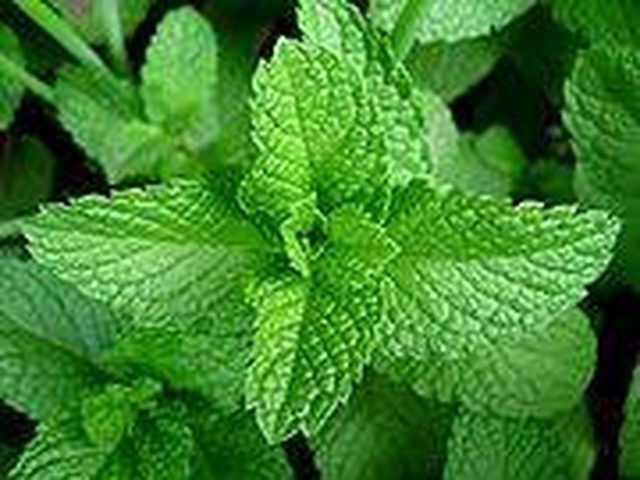Bulbs
Flower Basics
Flower Beds & Specialty Gardens
Flower Garden
Garden Furniture
Garden Gnomes
Garden Seeds
Garden Sheds
Garden Statues
Garden Tools & Supplies
Gardening Basics
Green & Organic
Groundcovers & Vines
Growing Annuals
Growing Basil
Growing Beans
Growing Berries
Growing Blueberries
Growing Cactus
Growing Corn
Growing Cotton
Growing Edibles
Growing Flowers
Growing Garlic
Growing Grapes
Growing Grass
Growing Herbs
Growing Jasmine
Growing Mint
Growing Mushrooms
Orchids
Growing Peanuts
Growing Perennials
Growing Plants
Growing Rosemary
Growing Roses
Growing Strawberries
Growing Sunflowers
Growing Thyme
Growing Tomatoes
Growing Tulips
Growing Vegetables
Herb Basics
Herb Garden
Indoor Growing
Landscaping Basics
Landscaping Patios
Landscaping Plants
Landscaping Shrubs
Landscaping Trees
Landscaping Walks & Pathways
Lawn Basics
Lawn Maintenance
Lawn Mowers
Lawn Ornaments
Lawn Planting
Lawn Tools
Outdoor Growing
Overall Landscape Planning
Pests, Weeds & Problems
Plant Basics
Rock Garden
Rose Garden
Shrubs
Soil
Specialty Gardens
Trees
Vegetable Garden
Yard Maintenance
The History of the Mint Plant
The History of the Mint Plant. Mint is a versatile, easy to grow plant that has a strong place in history for its medicinal and culinary uses. It also has some important cultural significance in ancient cultures. Gardeners everywhere grow mint for ground cover and in-home use.

Mint is a versatile, easy to grow plant that has a strong place in history for its medicinal and culinary uses. It also has some important cultural significance in ancient cultures. Gardeners everywhere grow mint for ground cover and in-home use.
Roman Mythology
Mint makes its first appearance in history as part of Roman mythology. A nymph named Minthe was turned into a plant by the jealous goddess Persephone but given a sweet smell by the sympathetic god Pluto.
Greek Mythology
When Zeus and Hermes were traveling, an old couple offered them food and drink after cleaning the table with mint leaves. This led to the mint plant being revered as a symbol of hospitality in Greek tradition.
Mint in the 18th Century
In the 1700s mint was considered to be an important medicinal herb, appearing in remedies for everything from digestive disorders to headaches. Additionally, in the 18th century mint also began to make more appearances in foods and drinks.
Modern Uses
Today mint is a popular ingredient in beauty and bath products as well as salads, drinks and teas. Mint tea has gained some popularity as a mild diuretic and has a place in some weight loss regimens.
Grow Your Own
Mint will do well in most moderate climate gardens that have partial to full sun areas. It is important to plant mint in an easily containable area, as it will spread rapidly under favorable conditions.